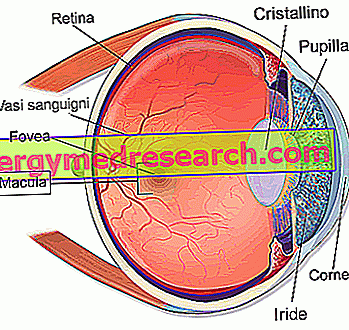By Dr. Davide Marciano
Structure and functions of lipids
For a very long time, and still today, it is thought that the lipid supply is synonymous with body fat. Even more serious is the alleged role of fat in promoting cardiovascular disease and cancer.

It is undeniable that some types of fats have a fundamental role in the functioning of our body.
Although having an energetic function, they are indispensable for many body functions, in fact they are the precursors of some hormones, they are a structural part of cell membranes, they provide LIPOSOLUBLE VITAMINS (soluble in fats) A, D, E, K etc. (for further information: lipid functions).
The characteristics of a fat are determined by the presence or absence of the double bonds between two or more carbon atoms. In fact we have:
- SATURATED FATTY ACIDS, free of double bonds
- UNSATURATED FATTY ACIDS, they have double bonds and according to their number they are divided into: a) Monounsaturated, with only one double carbon bond
b) Polyunsaturated, with more double carbon bonds.
| They are part of saturated fatty acids: | They are part of unsaturated fatty acids: |
| palmitic | Oleic |
| Stearic | Linoleic |
| lignoceric | linolenic |
| elaidic |
Lipids and health
The physical properties of saturated and unsaturated fatty acids are different.
Lipids containing saturated fatty acids are all solid at room temperature, while lipids containing unsaturated fatty acids are all liquid.
This explains why animal lipids are solid (fats) and those of liquid vegetable origin (oils).
Saturated fats must be taken very sparingly because they are considered as harmful, while unsaturated fats must represent a good percentage of the daily caloric portion (20 - 30%). Monounsaturated fats are the best choice ever (a typical example is omega-9 rich olive oil).
Since in man some polyunsaturated fatty acids are indispensable for the correct metabolism (linoleic, arachidonic, linolenic acid) it is necessary to introduce these substances, called ESSENTIAL FATTY ACIDS (AGE), in the daily diet.
Among the polyunsaturated fats we mention: OMEGA-3 FATS or FISH OILS.
Fats provide 9 calories per gram.
Digestion and absorption of lipids
To be digested, lipids require maximum time and effort, because they are insoluble in water and have a complex structure.
Their digestion begins in the stomach with an enzyme called GASTRIC LIPASE, however its action is limited by the high acidity of the stomach.
The complete digestion of fats takes place in the small intestine, in a part called DUODENO. Here they interact with the secreted bile of the gallbladder and are transformed into smaller particles. The reduction of fat particles allows the enzymes that separate them (LIPASES) to break them down into progressively smaller particles.
Therefore the original form of triglycerides is first converted into diglycerides, then into monoglycerides and finally into fatty acids and glycerol.



